Kenya ranks as one of Africa’s greatest safari destinations and is a bucket list destination for anyone who loves nature. The animal kingdom with all its spectacles like the Great Wildebeest Migration makes safari holidays perfect for a family or couple vacation. In this guide, I will share how to plan a safari in Masai Mara Kenya!
** Disclaimer: This post contains affiliated links which means that purchases made through these links reward Bey of Travel a small commission without any additional charge for the purchaser.**
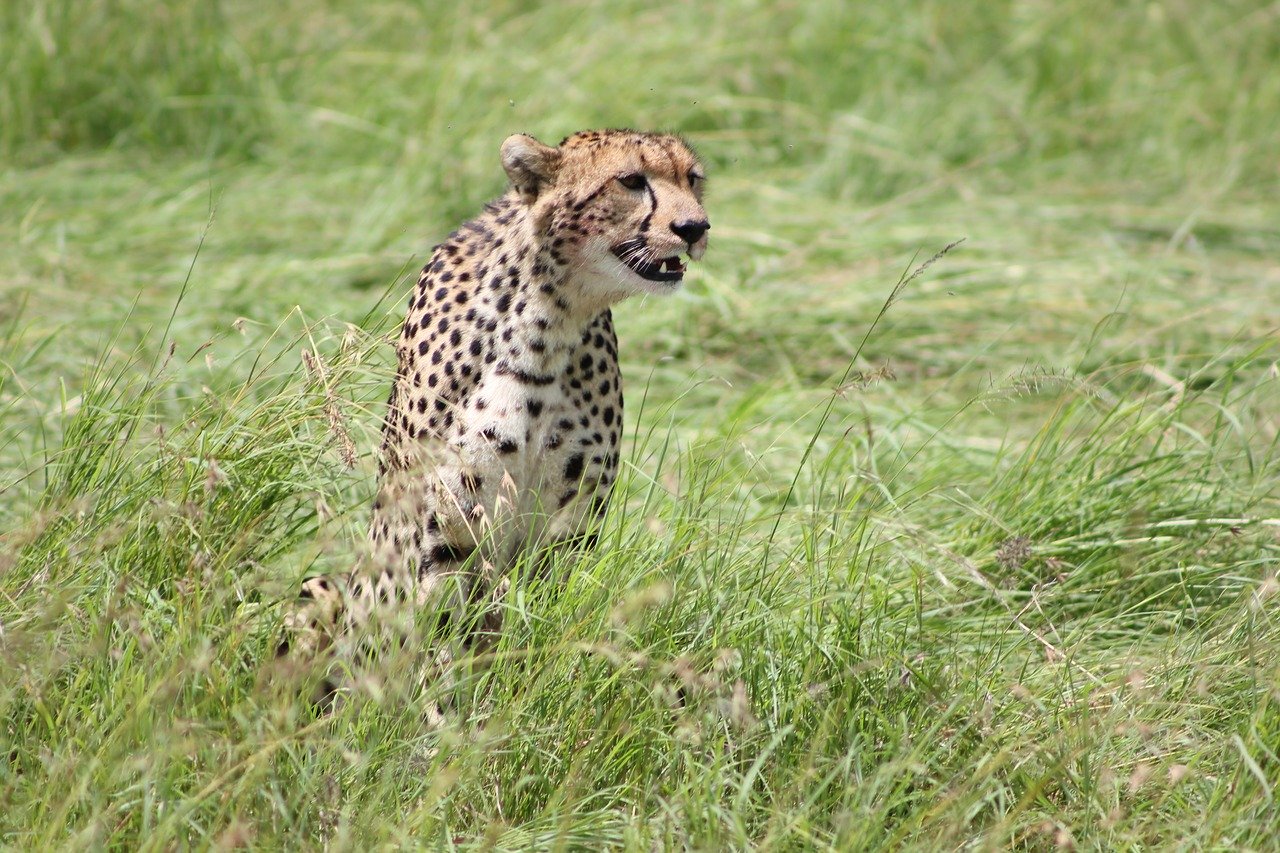
How to plan a safari in Masai Mara Kenya
Kenya is the third-largest economy in sub-Saharan Africa after Nigeria and South Africa, but it is the safari and the wilderness that make it special.
Kenya’s Masai Mara Reserve is the place to be for an epic safari experience. Masai Mara is known for its wildlife conservation and wilderness areas in Africa, and sightings of lions, African leopards, cheetah, and African bush elephants.
Masai Mara Reserve is located in southwestern Kenya, it is on the headwaters of the Ewaso Ng’iro River and is adjacent to Tanzania’s Serengeti plains which makes these some of the best wildlife viewing sites in Africa. The big five can all be seen here as well as a profusion of other animals and birds.
To help you plan your dream safari in Masai Mara, Kenya, check out these tips for a perfect family-friendly Kenya experience.
Planning Tips: When is the best time to visit Kenya?
The best months for wildlife spotting in Kenya are during the dry season, from late June to October.
The Great Wildebeest Migration usually reaches the Masai Mara in July and the herds remain in the reserve until October, before making their way back to the Serengeti in Tanzania. However, decent wildlife viewings are possible all year round.
Here are some top timing tips when planning a trip to Kenya:
- Best time to visit: June to October, January to February.
- High season: July to November, January to February (some of the parks might get very crowded, especially the Masai Mara and Lake Nakuru).
- Low season: March to May.
- Best weather: June to October.
- Worst weather: March to May.
Read here more about the best time to visit Masai Mara.
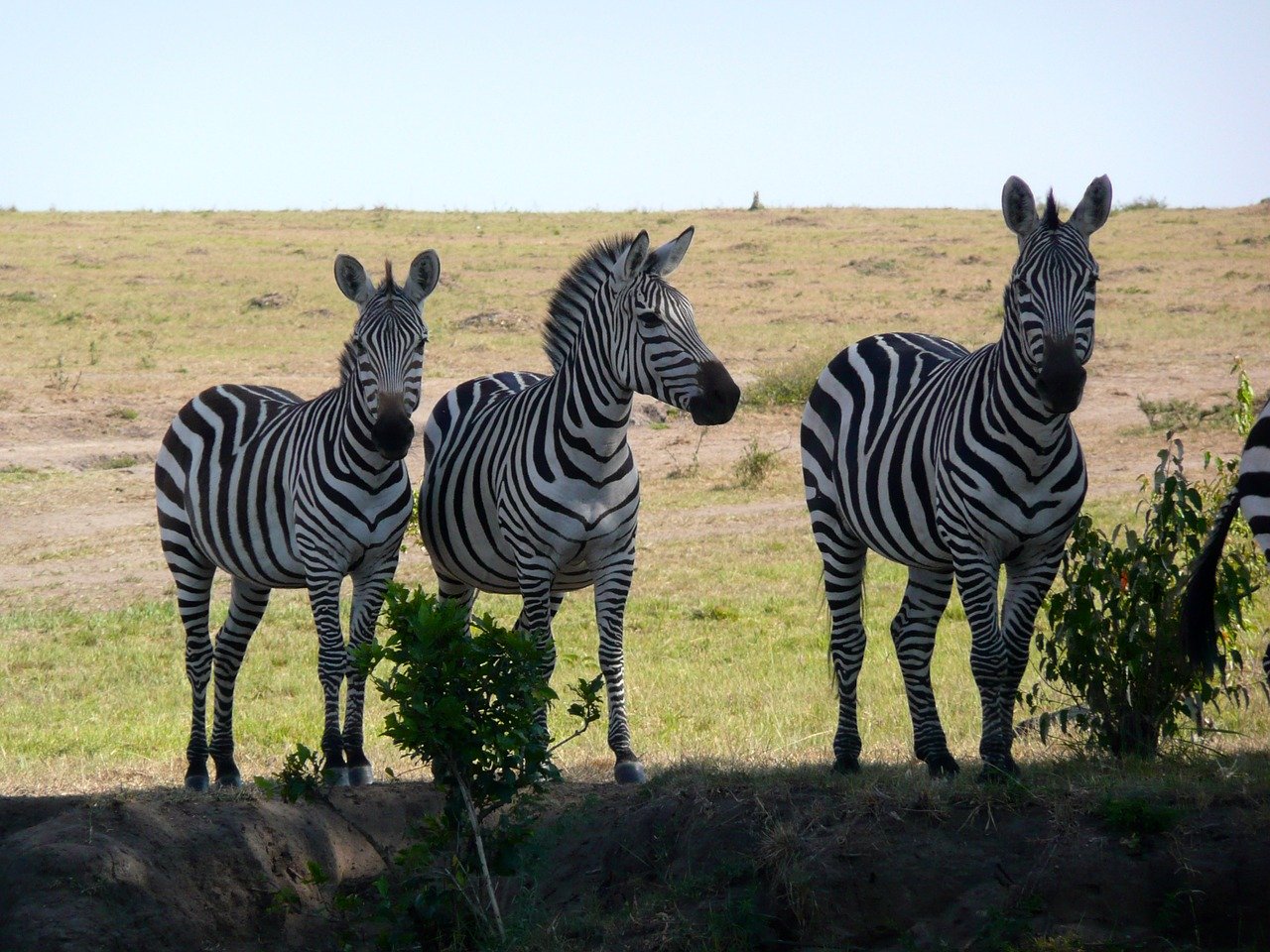
What’s included in a Masai Mara Safari Excursion?
A trip to Masai Mara National Reserve entails a short flight from Nairobi followed by an hour and a half drive to the main entrance of the reserve. Once you’re through with formalities, you get on your open-top 4×4 safari vehicle and set off for a game drive in search of wild beasts and birds.
The itinerary usually includes
- Masai Mara National reserve or Samburu National Reserve safari holiday
- Full board accommodation at lodges/camps that are lucky enough to have a view of the animals
- All park entrance fees and game drive in an open-top 4X4 safari vehicle with an English-speaking guide.
Packages can be tailored to suit all budgets and tastes, and if that is not enough, the sky’s the limit for money-can’t-buy experiences.
Options for Masai Mara Safari Tours
It is a good idea to book a tour as the local Maasai people who lived here for hundreds of years will know the landscape better, and will provide you with the best guidance and experience at the reserve.
You can easily book Masai Mara tours online. Companies such as G Adventures are very reputed and they organize small group tours for 3 to 5 days. These tours include accommodation, sightseeing, and meals.
Tours commence in Nairobi and end there as well. International flights are not included in these packages. On average expect to pay $300 USD per day per person.
On websites like Tripadvisor and Tourradar, you will find many options including tour operator listings to choose from. Do take some time to review each tour, and check what inclusions are added to each package. I like to check the sightseeing stops, number of meals, accommodation level (budget, luxury), and transportation.
As always, check the reviews online. Be prepared to provide a deposit to secure your spot, and lock in discounts.
It is normal for tour operators to ask for passport and visa information, address, and trip preferences (like meals, etc.) I highly recommend insuring your trip – medical and cancellations.
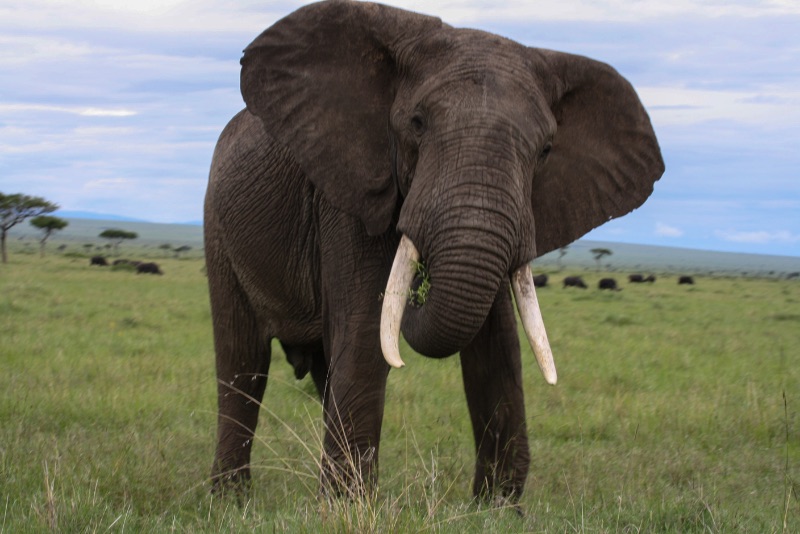
Safari in Masai Mara: Tips & Our Experience
The Masai Mara is a nature reserve in southwestern Kenya. It expands over 1,700 square kilometers and borders the Serengeti plain. The major attraction for safari enthusiasts is the Great Wildebeest Migration: the massive seasonal migration of the wildebeest and zebras.
There’s an extensive network of unpaved roads throughout the park. The roads are accessible for all types of cars during the dry season. The landscape mainly consists of grassy plains, with occasional acacias and river forests.
Two major rivers flow through the park – the Talek and the Mara – and the latter is famous for its migration. Most of the rain falls in the northern part of the park, which means that the density and diversity of wildlife vary over time.
As mentioned, most of the Masai Mara safari tour operators will offer 3-day experience, up to 5 days or more. This also includes a tented camp accommodation.
How to get to Masai Mara Reserve
Kenya’s capital and central transport hub is Nairobi. When traveling internationally, Nairobi will be your first point of entry into the country. If you want you can also aside a few days (or even a day) to explore.
For our accommodation, we stayed in the Safari Park Hotel, located out of town and away from all the crowds.
Home to some of Africa’s best all-year-round wildlife viewings (as well as the annual Great Wildebeest Migration!) it’s no wonder the Masai Mara National Reserve attracts thousands of visitors every year.
Masai Mara flights
There are daily flights to the Mara that take around 45 minutes to an hour. On arrival, the aircraft will land on an airstrip nearest to your camp. Tickets are $200 USD one way.
Masai Mara by car
You can also go to Masai Mara National Park by car – but the traffic is hellish like almost anywhere in Central Africa. Motorcycles, dilapidated buses, overloaded trucks, jeeps, dogs, and thousands of people along the road.
Everybody fights for every centimeter and blares their car horn for almost anything. Driving around in Central Africa is an adventure in itself!
The distance varies from 225 km (140 miles) to 275 km (170 miles) depending on the gate or entry point of Masai Mara you want to access.
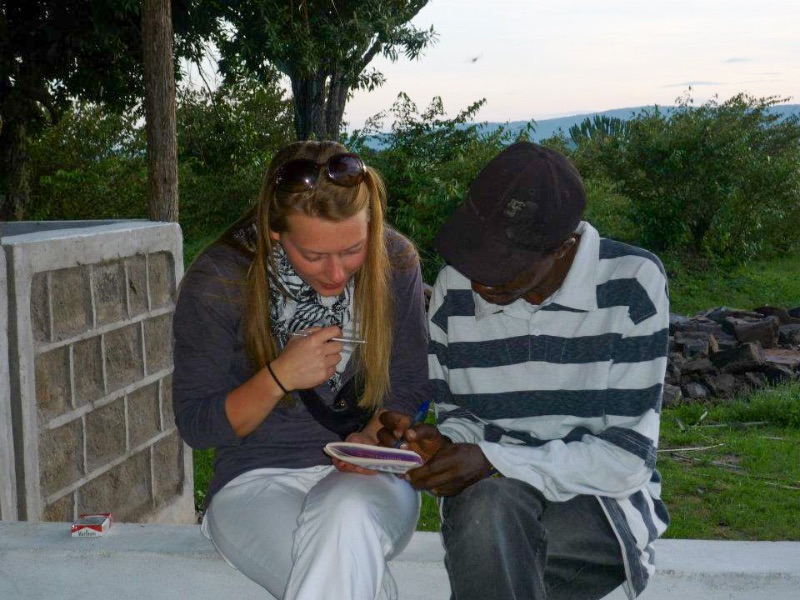
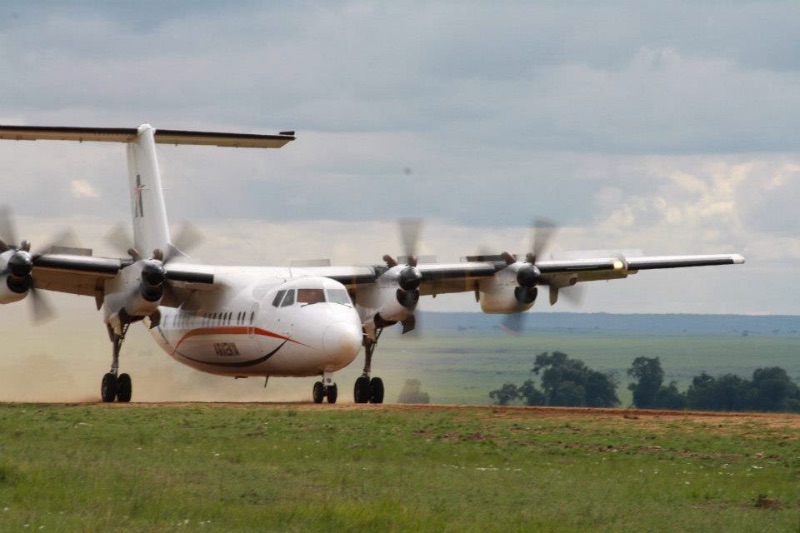
Our flight experience: Getting from Nairobi to Masai Mara by flight
We only had 7 days in total for our trip, so we immediately took a domestic flight from Nairobi to the Masai Mara National Reserve. The location of the park is remote in comparison to others, which makes flying the most straightforward option.
The domestic airport of the Kenyan capital Nairobi is truly organized chaos. Planes are parked so close together that you genuinely think it’s a joke. It’s a heavily guarded airport, which often makes you wonder whether flying is really the best choice.
Somehow we managed to check in on time and took a seat in the small plane, where an American pilot spoke to us in a friendly manner. An hour later we started our landing, which we had to stop abruptly because of a herd of zebras standing on the runway.
As the pilot made a second attempt and I spotted a herd of elephants, I started to realize that this trip was going to be far from ordinary. My stomach instantly filled with butterflies. This was the trip that I dreamed of as a child, and I still am more than grateful that this dream came true.
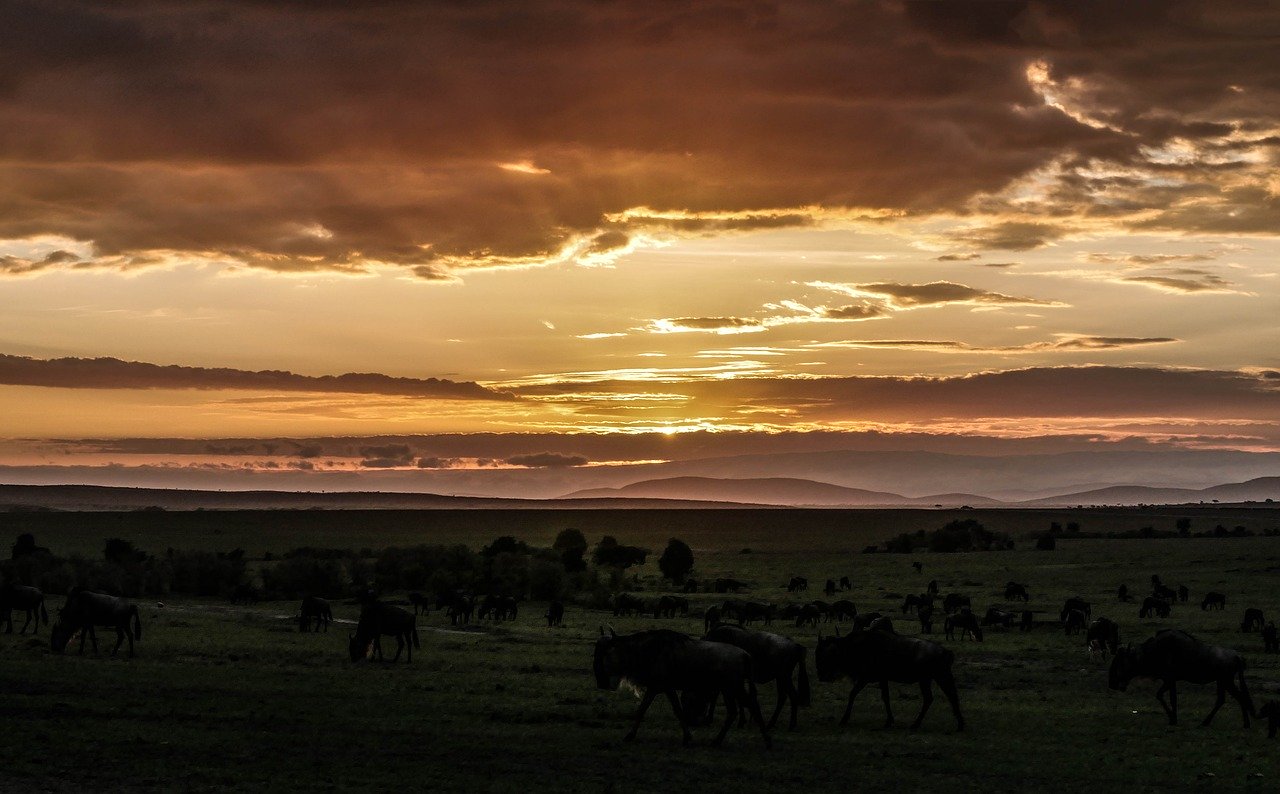
Where to stay in Masai Mara: Our Safari in Kenya
During our three-day safari we stayed in luxury tents in Kilima Safari Camp.
Narrow-minded luxury aficionados might turn up their noses at Kilima Camp. Who sleeps in a tent nowadays? But let us state clearly that these were no ordinary tents. Our tent was sixty square meters in size, equipped with a rain shower. Ingenious in its simplicity. Call it ‘staying in Out of Africa style’.
Moreover… what a view!
The panorama from the terrace of our luxury tent was breathtaking. We looked over the savannah for miles and the Mara River glistened beautifully in the sun.
Nothing is as delicious as breakfast in the morning chill of the jungle, with hot coffee in tall jugs and a fresh campfire as a companion.
The Maasai appear everywhere as trained bodyguards. Their presence is great but ubiquitous. Maasai is the name given to a largely nomadic people in East Africa, mainly living in Kenya and Tanzania.
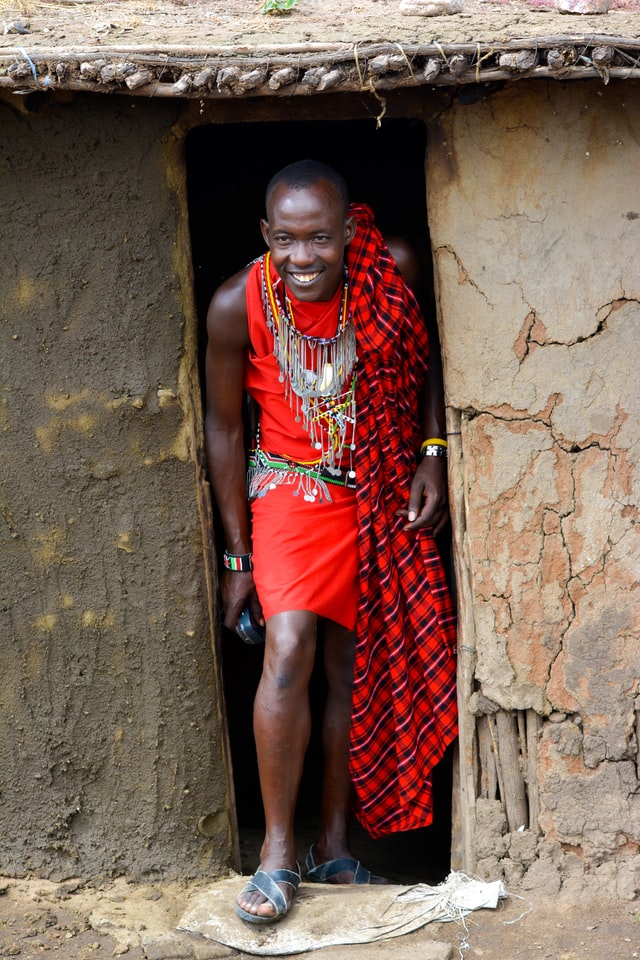
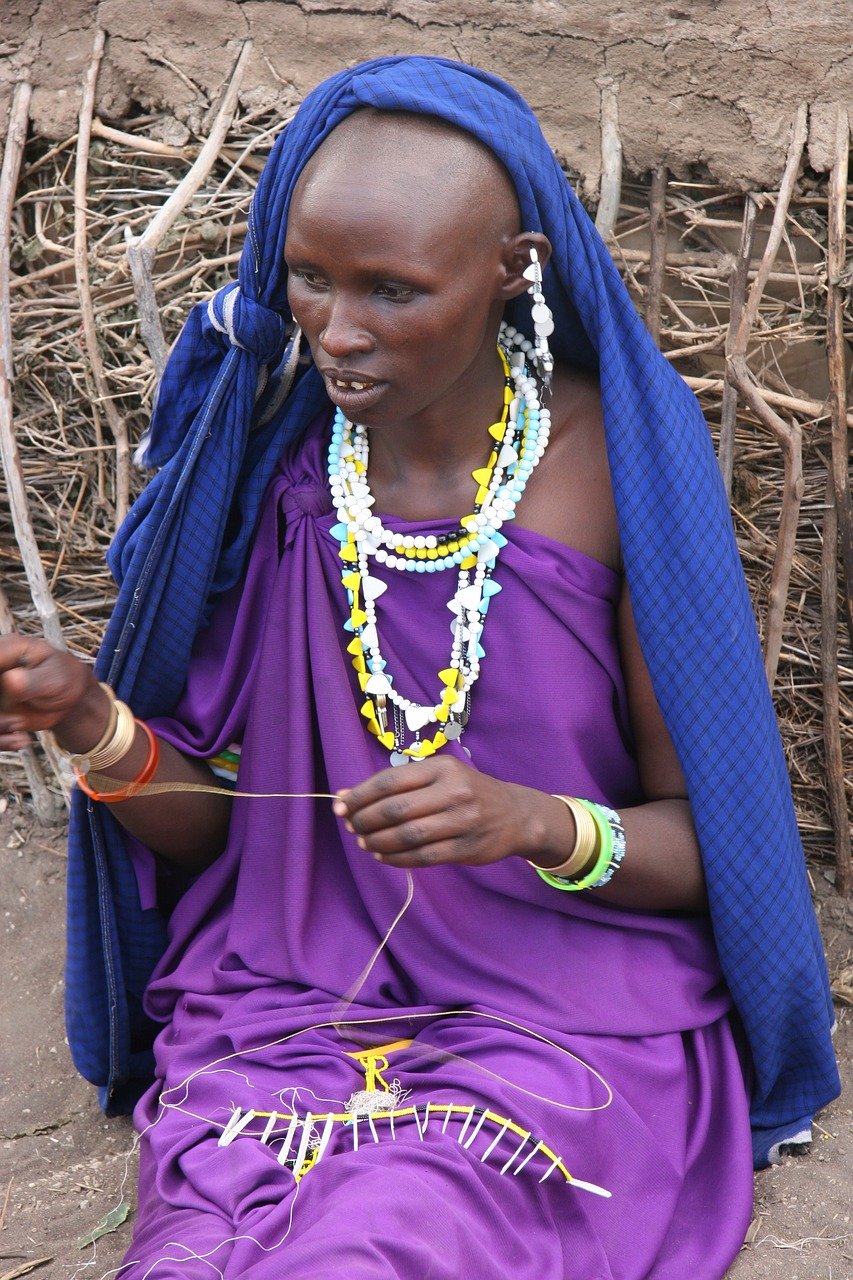
The total population of the Maasai is estimated at 900,000 – half of which is in Kenya. There isn’t any exact data as accurate census data isn’t available, but most notably they have no national borders.
Livestock is indispensable for the Maasai. They eat the meat and blood, drink the milk, use the skins for their houses and produce tools and combs from the bone. Despite the growing influence of civilization, the Maasai manage to preserve their ancient traditions.
Today, however, their traditional lifestyle is under great pressure for various reasons. The government of Kenya wants to take parts of their pasture for livestock to expand the national parks like the Serengeti and the Maasai Mara.
“Several dozen Maasai are indirectly involved in this village,” the lodge manager explained to us. “It secures our past and gives us a fair future. In addition, we appreciate their active involvement in tourism.”
Breakfast and dinner were served in the camp, and we enjoyed delicious picnics in the afternoons during our day trips.
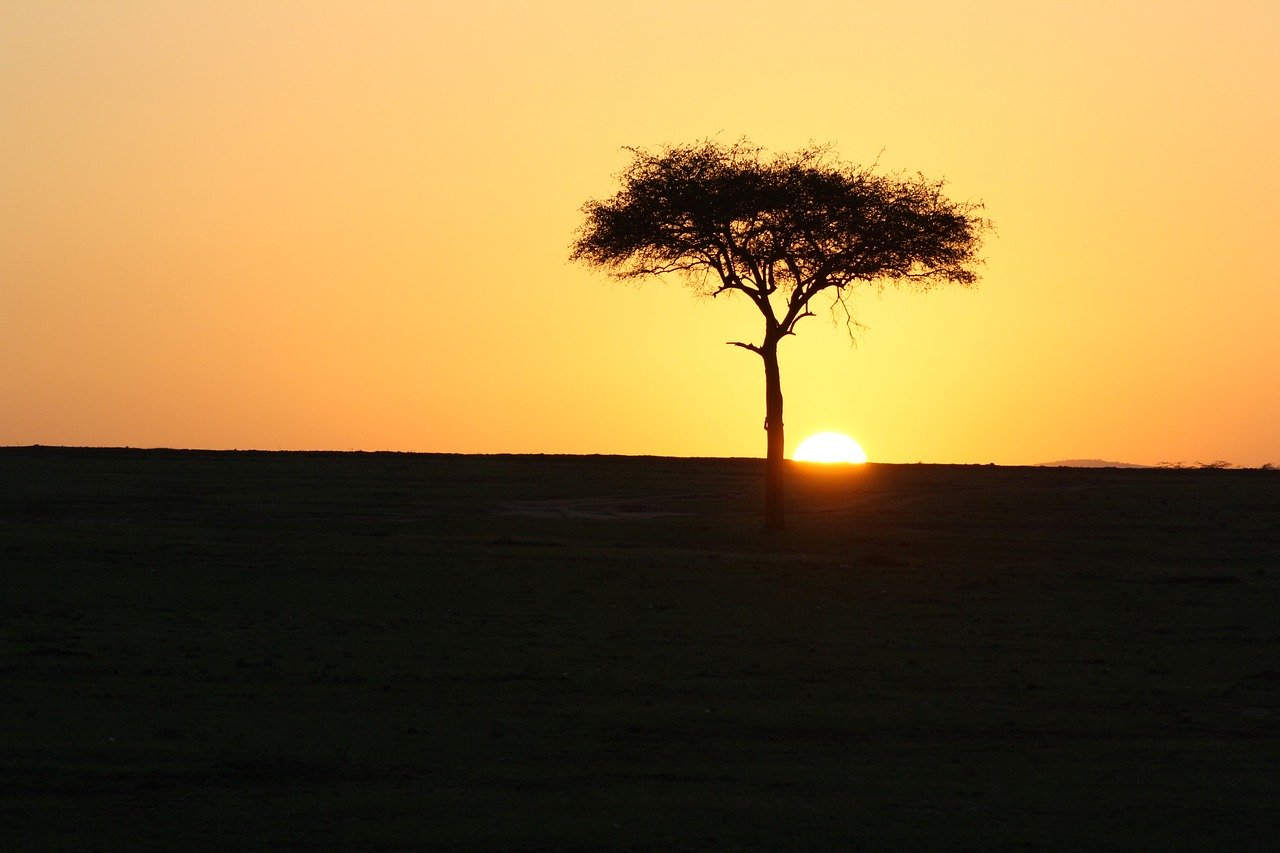
Our experience at the Masai Mara National Reserve
We spent the next three days on the main reason for the trip – the safari. Our main goal: to see a piece of the migration. That meant touring around, stopping a lot, and simply observing nature.
Safari means ‘journey in Swahili – and we soon saw why. We switched ourselves into slow mode and tried to live in the rhythm of the jungle. We didn’t worry about what we wanted to see but instead focused on being content with what we got.
Surrounding the Masai Mara National Reserve are several community-owned conservancies and along with the reserve it makes up the Greater Masai Mara area.
The Mara is also well known as one of the best places in Africa for game viewing. There are over 90 animal species and hundreds of bird species in their ecosystem for you to explore. In a game drive, you can witness so many varied landscapes and wildlife in wide-open spaces.
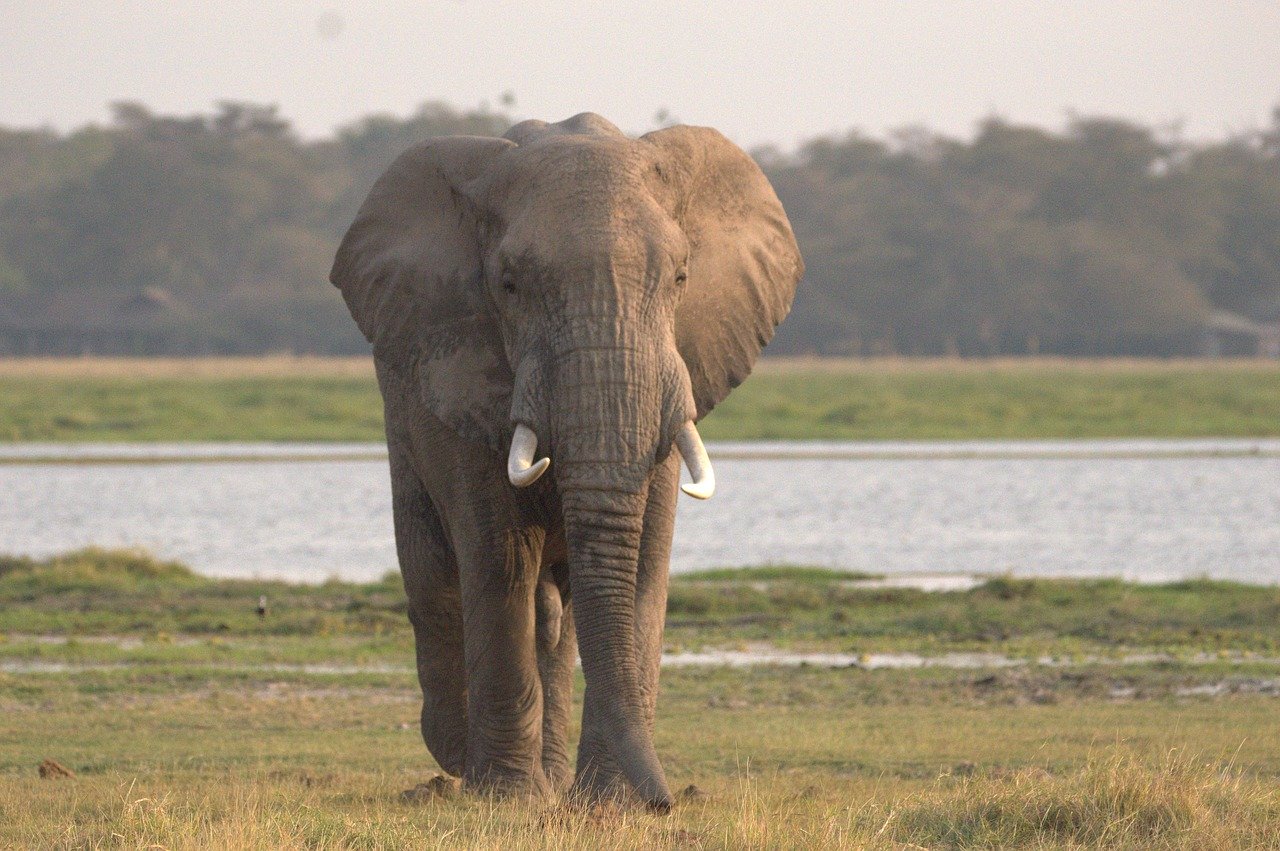
So, we drove along the border of Serengeti National Park which is probably the most famous park in Tanzania. The name is derived from Siringet, a Maasai word that literally means ‘endless plains.
It’s a region of savannahs and forest landscapes, spread over the north of Tanzania and the south of Kenya. The total area is about 30,000 square kilometers, of which eighty percent is in Tanzania.
About 1.6 million herbivores and thousands of predators live in the area, but the region is best known for the Great Migration. Nearly two million wildebeest, gazelles, and zebras migrate from Serengeti Park to Masai Mara and back every year.
The Mara has the highest lion density in Kenya, and leopard and cheetah are common sights, too.
It is, and remains to be, one of the most spectacular animal migrations on the planet. They have to cross the Mara River on their travels, which is guaranteed to be a spectacle. This is an annual party much anticipated by the crocodiles!
During our stay we got spoiled and quickly spotted the Big Five, including lions, leopards, elephants, rhinos, and buffalos. As well as these great breathtaking animals, you can also spot popular species like ostriches, crocodiles, cheetahs, zebras, hyenas, gazelles, and giraffes along the way.
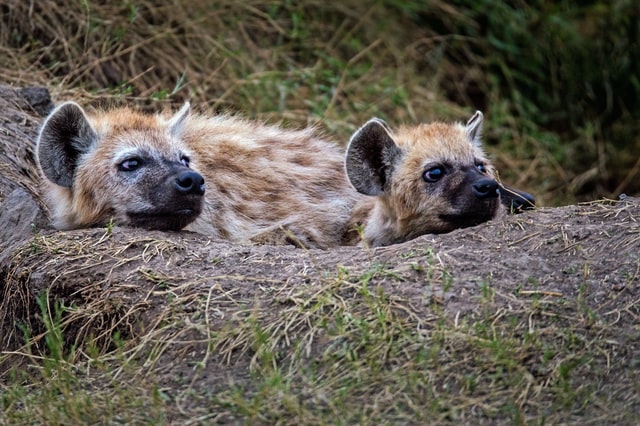
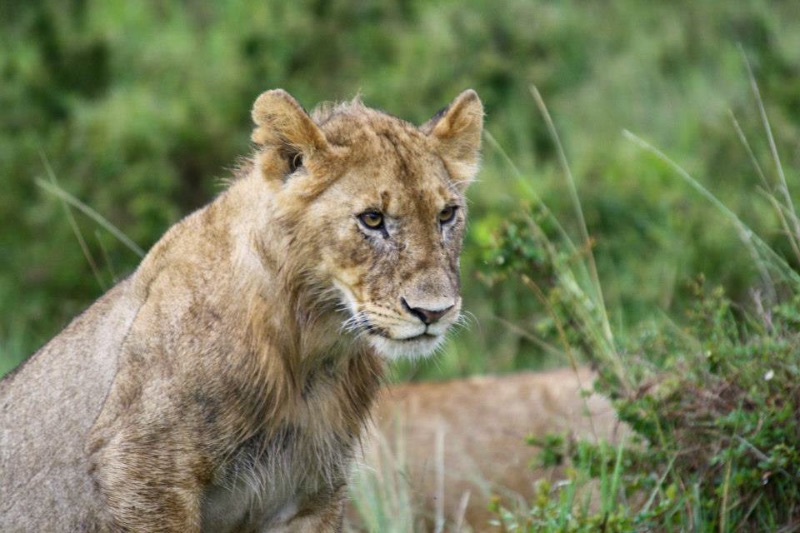
Exploring Lake Naivasha
On the last day of our trip (after a well-deserved day of relaxation at the hotel!) we enjoyed another day trip to Lake Naivasha and went sailing on a boat among the hippos.
Lake Naivasha is the highest lake in Kenya (1884 meters) and served as Kenya’s main airport during colonial times. The seaplanes from London landed on the lake to break up the long flight to Cape Town.
Around the lake, there are several colonial buildings where you can spend the night and feel the atmosphere of times gone by. In addition to ospreys, many other waterfowl live around the lake – such as the saddle-billed stork, various kingfisher species, and the African spoonbill.
The area is known for exclusive excursions that aren’t possible anywhere else in Kenya. Here are some of the different options:
Boat Safari at Lake Naivasha
Boat safaris are offered on Lake Naivasha, where you can enjoy the waterfowl, hippos, and crocodiles in peace. You can also spot different forms of wildlife quenching their thirst on the banks.
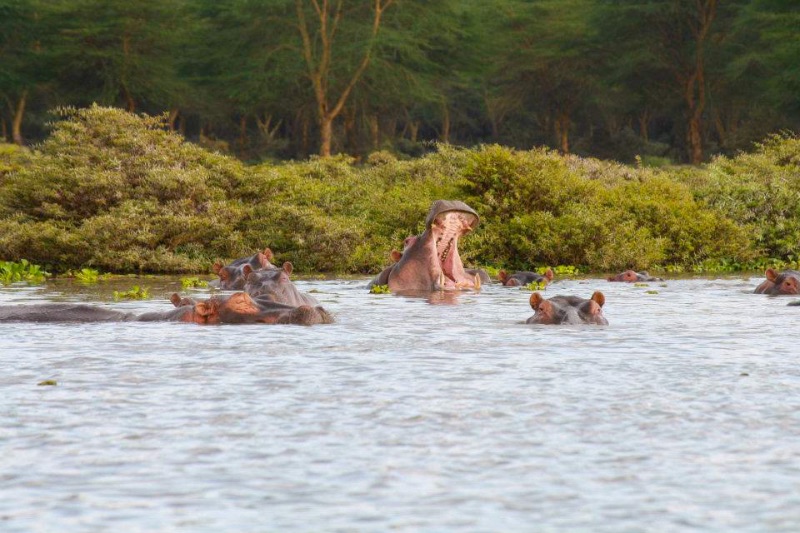
Mountain Biking Excursions
Hell’s Gate National Park offers the unique opportunity to cycle among the wildlife on a mountain bike. The feeling of being actively involved in the setting of steep cliffs and grazing zebras and giraffes is a highlight of this national park.
From the entrance of the park, it’s 8 km by bike to the Hell’s Gate gorge.
Walking and wandering around
The bike ride can be combined with a hike in the Hell’s Gate gorge deeper in the park. The gorge’s steep cliffs and views make for an adventurous hike – including a part that must be scrambled across!
A local guide informs you about the geology, bird species and provides guidance during the more difficult parts.
Rock Climbing
In the middle of the park are the two lava towers, Fischer’s Toren and Central Toren, that can be climbed. They’re a tough challenge and a technical climb, so rock climbing experience is definitely required.
From Lake Naivasha it’s also possible to go to Mount Suswa, a large volcano hardly visited by tourists. It’s about a three-hour walk to the top of the crater, and around eight hours to walk around. If you do visit Mount Suswa you’ll also spend the night here, camping on a flat piece of grass.
This tour is not recommended without a guide – you can arrange a local Maasai guide in advance who will make this two-day trip with you.
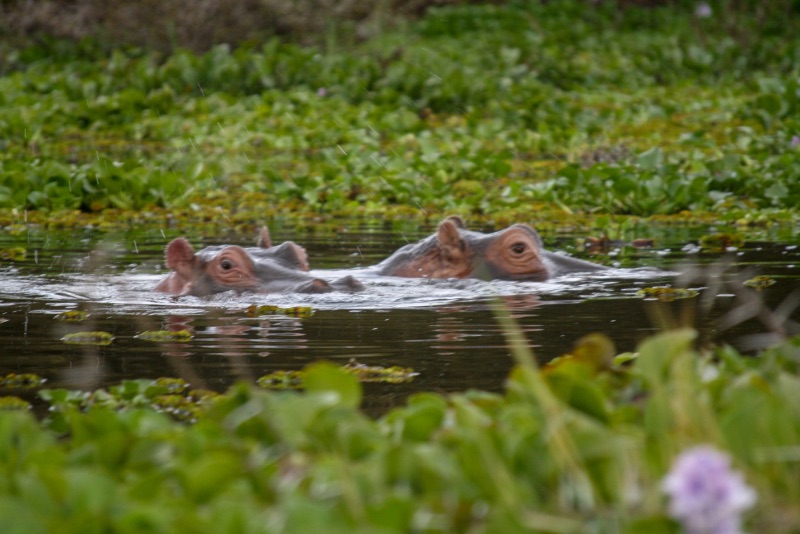
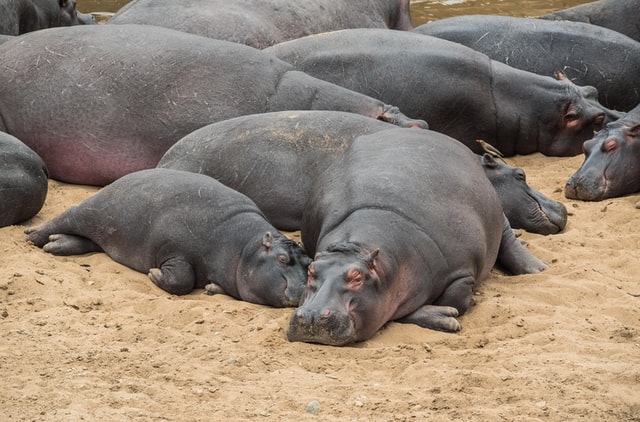
Travel Tips to Enjoy Kenya and Masai Mara to the fullest
Here are some additional tips to plan your safari, effortlessly:
Do get vaccinations before you visit Kenya
Vaccinations before embarking on your trip to Kenya are highly recommended. There is a severe threat of malaria throughout Kenya, with the exception of high-altitude areas above 2,000m like Nairobi.
Most safari parks are high-risk zones. The highest risks for infection are during the rainy season, from September to April.
Budget tips for Masai Mara Safari
To save costs you can drive to Masai Mara by car – but bear in mind this is a six-hour trip on unpaved roads. I wouldn’t recommend driving by yourself in Kenya, as the roads are very poorly maintained. Instead, rent a car with a local driver to take you to your destination.
Secondly, always negotiate the prices for products and services. Negotiating is culturally expected, so be aware of this to avoid paying too much. Make sure you always have some cash in your pocket too, because it’s not always possible to pay with a credit card.
Safety Tips in Kenya
It’s not recommended to walk around the streets alone at night as a tourist. Hotels will advise you not to venture out after sunset without the company of a guide.
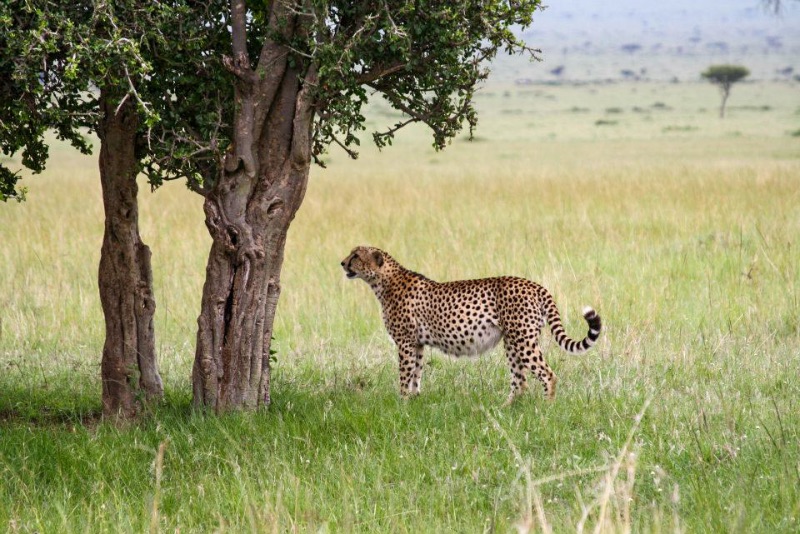
Essential packing tips for Masai Mara Kenya
Here are some packing tips for your safari
- Loose-fitting and comfy clothes: Pack comfortable and loose-fitting clothes so that you are at ease when you are on a safari. Also, keep in mind that daytime temperatures are very hot and so airy clothing is essential.
- Cardigan: With that, a sweater or a cardigan is also handy for early mornings, and evenings in the camp.
- Hiking boots: You will be walking, hiking, and exploring Masai Mara at the park, and in and around the camp area, so wear comfortable hiking boots/shoes. One pair is enough for a 3-day tour. Here are my favorite hiking shoes.
- Sunscreen: You will need sunscreen all throughout the trip, so carry some.
- Sunglasses: Sun protection is also important when you are hiking and on a safari
- First Aid Kit: Take a first aid kit with you to Kenya! This is super handy for small cuts, bruises, etc. on the go.
- Medications: I’ve visited the country twice and have been super sick twice, despite the fact that we always stayed in decent hotels. Pills for headaches, stomach pain, and diarrhea are definitely recommended.
- Camera: Don’t forget your camera to capture some of the stunning shots of wildlife, wilderness, and your safari moments. Buy a wider lens, and a camera that is great for low lighting captures (at night).
- Phone: Your cell phone is important. Save all the essential travel details for Kenya.
- Travel documents: Lastly, don’t forget to carry your valid passport, tourist visa, tour reservations, insurance, and cash & credit cards.
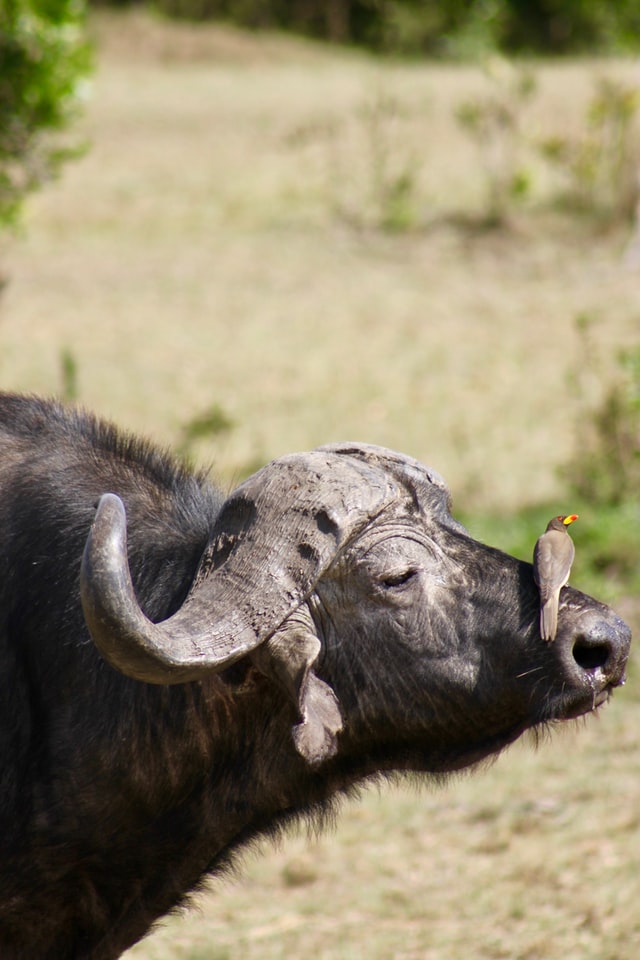
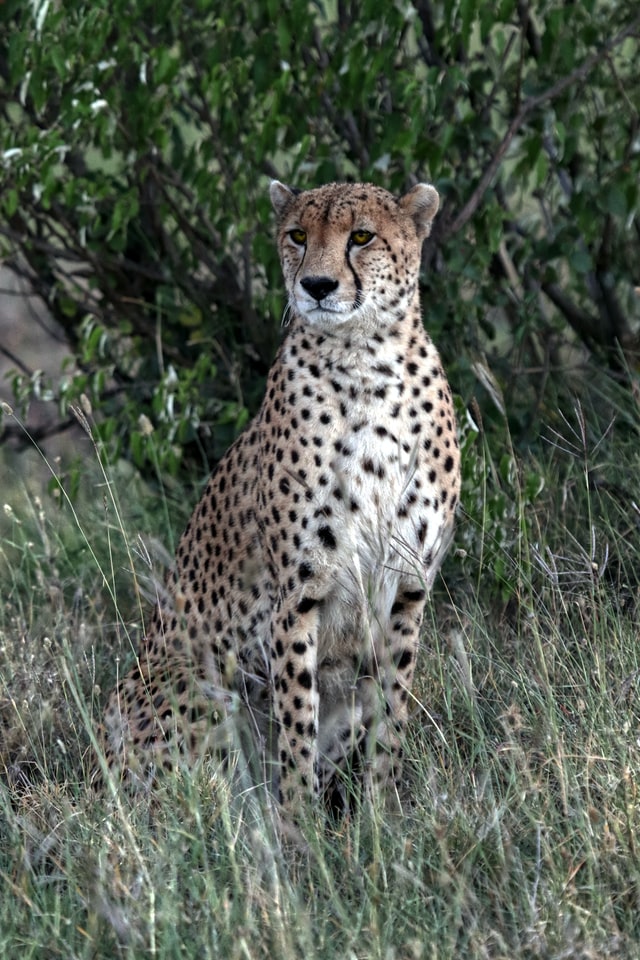
Masai Mara is the place to be for an African safari. I highly recommend adding this to your travel bucket list – this is one experience that you will never forget!
I hope you found this post useful in planning your trip to Kenya. If you have any questions, let me know in the comments below.
Pin for later: Kenya Masai Mara Safari Experience
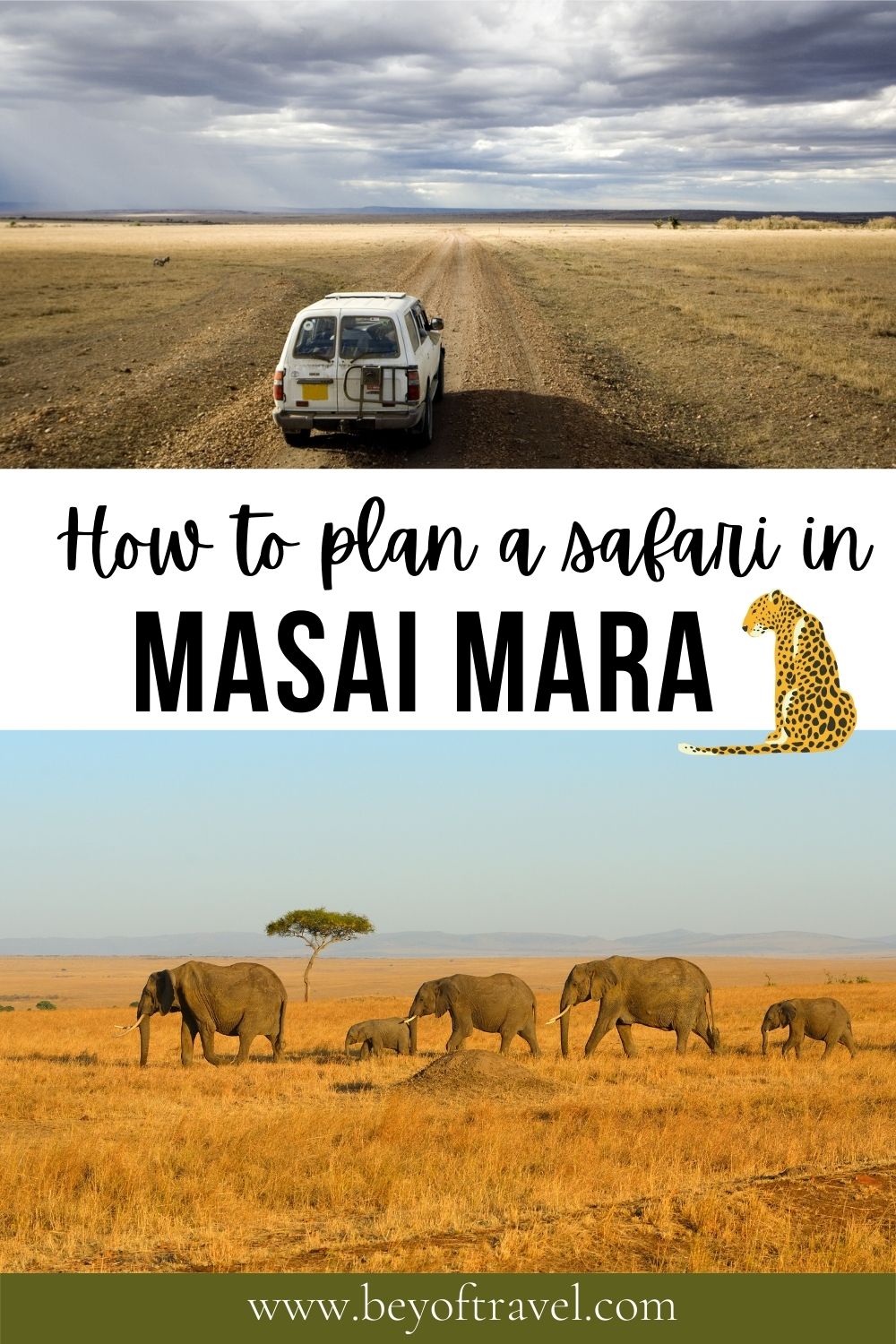
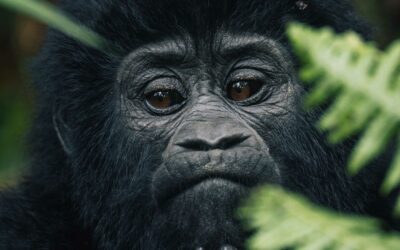
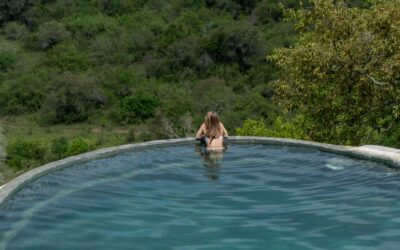
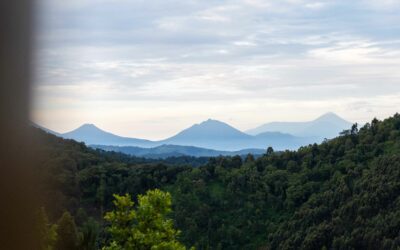
Really well done and detailed article.
Hope you get to enjoy the adventures that this country offers as much as possible.
Karibu Kenya